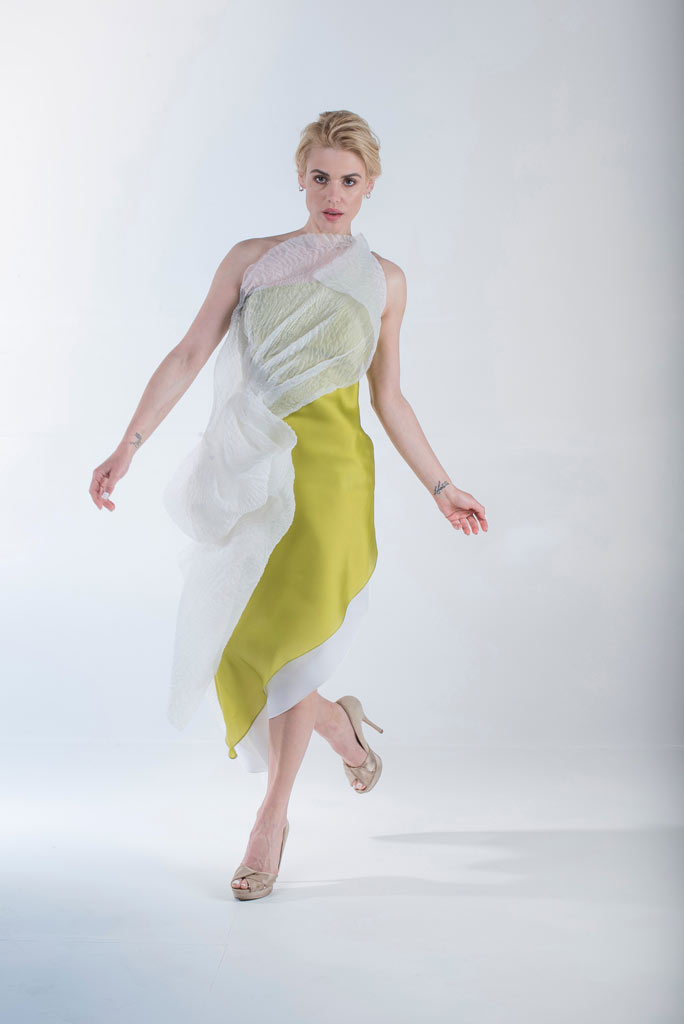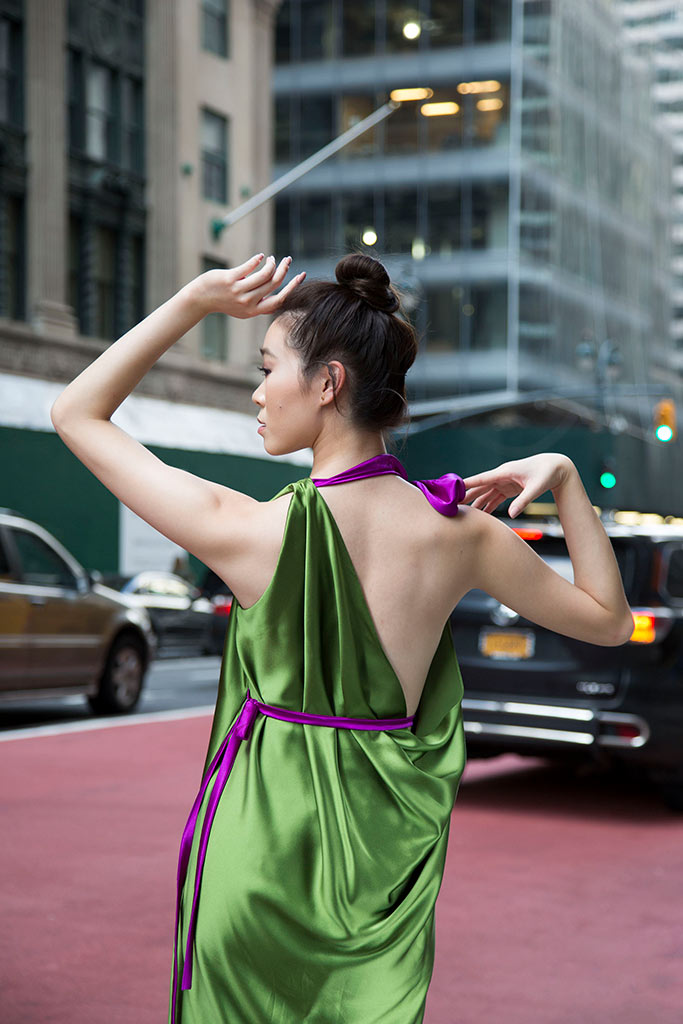
Women and Fashion
Empowering Conscious Choice for Beauty, Compassion, and Confidence
Women and Fashion have always been inseparable. I like to think of it as a beautiful love affair or a marriage that began at the beginning of time. And since we celebrate Women’s History Month in March, we thought it would be fitting to feature Fashion. Not just the beauty and glamor of it but to reflect on how Women’s history has become intertwined with conscious Fashion and how it unfolds as a narrative of resilience, empowerment, and mindful choices. True self-confidence arises from embracing one’s unique identity, and Fashion should be a tool for self-expression rather than conformity to fleeting trends. Inclusive Fashion challenges traditional beauty standards by celebrating diversity in body shapes, sizes, ethnicities, and gender identities.
Read Our Magazine…
Brands championing inclusivity send a powerful message: everyone deserves to feel confident and beautiful in their skin. Fashion has the remarkable ability to influence our self-perception and instill confidence. We pursue this empowering feeling through inherently personal values and expressions of ourselves. Whether we find confidence in donning classic, timeless pieces or embracing the bold and avant-garde, Fashion is a powerful tool for self-expression. It allows us to curate our identity, reflecting our unique style and personality. Ultimately, the pursuit of feeling good about ourselves is a subjective journey, where our choices become a canvas on which we paint our own story of confidence and self-assurance. Throughout history, women have used Fashion to challenge stereotypes and assert their individuality. In today’s market, more than ever, conscious fashion, with its emphasis on sustainability and ethical practices, aligns seamlessly with the ethos of women seeking personal expression and positive impact. From sustainable fabrics to ethical production, women continue to shape their own stories and the legacy of Fashion, contributing to a more mindful and compassionate industry for the benefit of all and future generations. It reflects the strength, diversity, and forward-thinking spirit that defines the narrative of women worldwide.
As women’s roles and influence have evolved, so has their approach to Fashion, with an increasing number choosing brands that prioritize environmental responsibility, fair labor practices, and conscious Fashion. Women’s choices shape the market. When women support brands that prioritize ethical sourcing, sustainable materials, and cruelty-free alternatives, women send a clear message to the fashion world and younger women around the globe to take note. Influencers and industry leaders can use their platforms to amplify the importance of conscious Fashion, advocating for transparency and responsible practices. And they can drive change by embracing and encouraging a shift away from fast Fashion. Through collective action, informed choices, and vocal advocacy, women contribute to fostering a fashion world that is not only chic but also compassionate and sustainable.
One such change in how women’s choices shaped the market is the shift away from fur in the fashion industry. This change is all thanks to women who are and have been motivated by a growing awareness of animal welfare. Designers were forced to listen and recognize the ethical implications of using fur, as it often involves practices such as fur farming, which can raise issues related to animal cruelty and exploitation. Opting for fur alternatives aligns with a broader movement toward cruelty-free and humane Fashion.
It’s not just the cruelty and abuse of animals but furs’ significant impact on the environment, including resource-intensive farming practices and chemical treatments. Designers embracing fur-free Fashion contribute to a more eco-conscious industry.

In our April 2021 issue, we featured activist and environmentalist Laura Turner-Seydel. I asked her about recycling, the environment, and how Fashion impacts the environment. Her answer speaks to what we are saying in our current piece, which we find worth repeating.
“We must move from fast Fashion to sustainable Fashion. When I was working in the apparel industry, we had four main collections a year: winter, spring, summer, and fall. Today, with “fast fashion,” clothing production has increased to produce cheaper clothes 52 weeks a year. The apparel industry is now the second-most polluting industry after the oil industry. Essentially, the fashion industry and fossil fuel industry are joined at the hip. More than half of the fibers today are synthetic, meaning they are oil-based, like polyester, nylon, and elastin. The oil is also the base of a lot of the color dyes. Buying fast Fashion also comes at a huge cost for labor conditions, especially concerning are the high numbers of child slave laborers who live and work in deplorable conditions. It is imperative that the industry becomes more transparent. We must know who makes our clothes. One of the most telling documentaries, The True Cost, outlines the true cost of fast Fashion. We can all consume less, and we need to. And we can support companies and fashion houses that track their supply chain and do right by people and the environment — and who don’t damage lives and our air, water, soil, and climate.

I love Patagonia because they make it part of their business model to make high-quality clothing and products with sustainable manufacturing practices and sourcing that lasts. In their advertising, they show a picture of a cool jacket, and the headline is, “Don’t buy this jacket.” When their garments become damaged or defective, they even repair them. And they offer and market secondhand clothes. I wish more companies would commit to focusing on quality over quantity and putting an end to planned obsolescence in Fashion and beyond. That practice leads to the landfilling or incinerating of 70 pounds of Fashion every year. In my grandparents’ generation, it was a sin to be wasteful. Their clothes were cared for, loved, repaired, and altered. They were not discarded and sent off to a landfill.
A great organization, the Apparel Impact Institute, is working to create a third-party verified and measurable certification for manufacturers and vendors in the apparel supply chain for water, energy, and chemicals. Knowing what we are buying and how it affects the environment and people are essential tools in providing transparency. They can help us and younger generations make informed decisions about what we consume and from what companies.”
Fashion is and will always remain a beautiful art form to be loved, admired, and respected, and Fashion will always be a part of our lives. Therefore, we all must make informed decisions about what we wear, where it comes from, what it’s made from, and what happens to it when we dispose of it because, in doing so, we help save the planet for future generations.
Special Thanks to:
nikoophotography
Ana Bergman
Kylie Cochran
Alice Wu

Comments